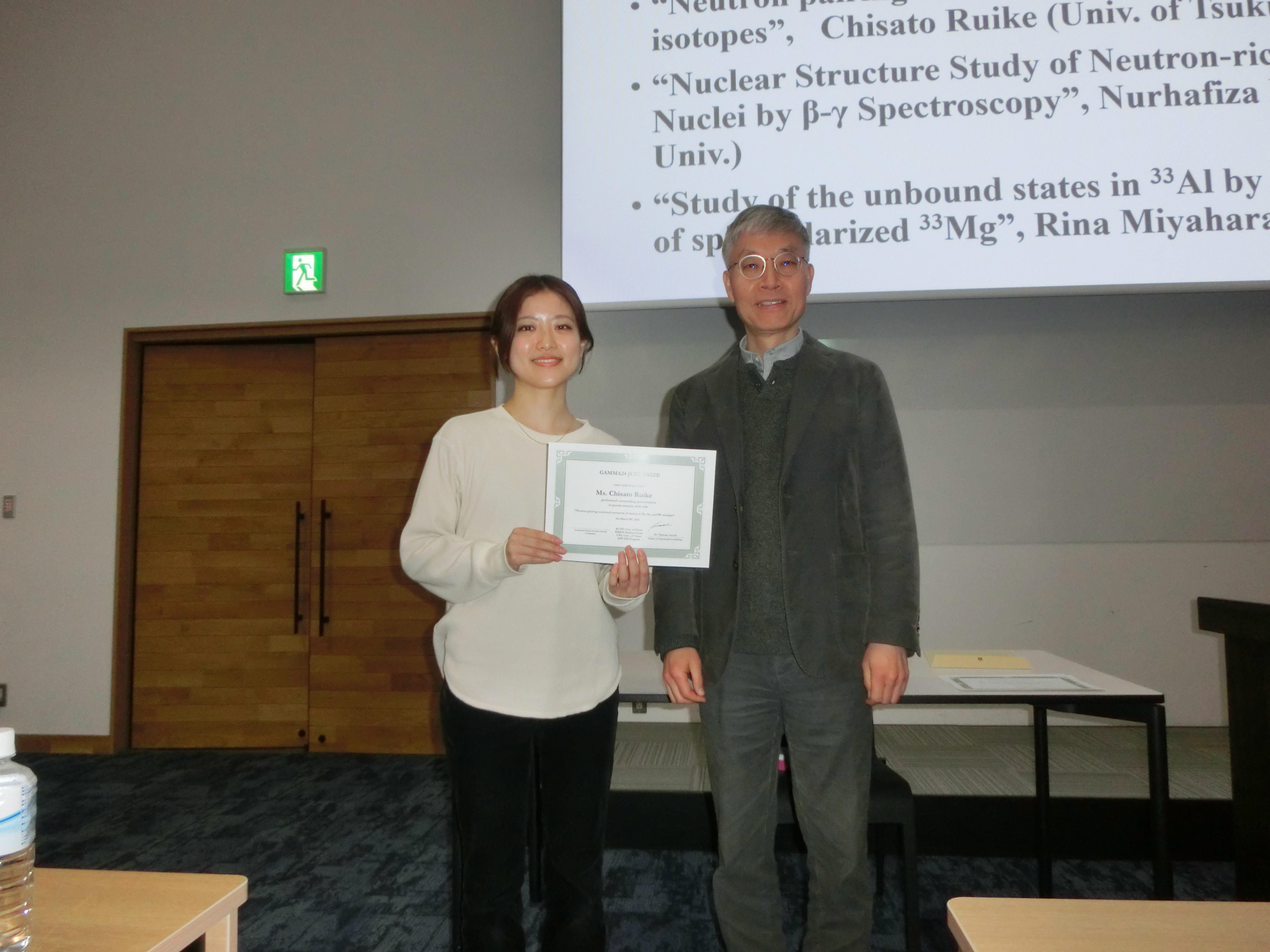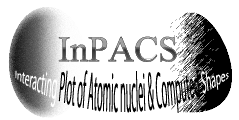Seminar (セミナー)2024.1.9 Moemi Matsumoto (Tohoku University)
2024年1月5日 | 新着情報
The following seminar will be given by Ms. Moemi Matsumoto in Tohoku University on Tuesday, January 9th, 2024.
Lecturer: Moemi Matsumoto (Tohoku University)
Place: Meeting Room A, Center for Computational Sciences
Date/Time:: January 9, Tuesday, 13:45 pm –
Title:: Generator coordinate method with basis optimization
Abstract:: The generator coordinate method (GCM) has been a well-known method to describe nuclear collective motions. In GCM, one a priori specifies collective degrees of freedom (collective coordinates), such as nuclear deformations, and superposes many Slater determinants (SDs) within the selected collective subspace. However, there always exists arbitrariness in this approach in the choice of collective coordinates, for which one has to rely on empirical and phenomenological theory. With such a choice, it is not trivial whether the collective motion of interest can be optimally described. Therefore, a description of the collective motion without pre-set collective coordinates is desirable in order not to miss important degrees of freedom.
Recently, we extended GCM by optimizing both the basis SDs and the weight functions according to the variational principle [1]. With such simultaneous optimization of the basis states, one does not have to specify beforehand the relevant collective degrees of freedom covered by the set of basis SDs. In this seminar, I will present results of this new approach for sd-shell nuclei. Using the Skyrme functional, I will show that the optimized bases correspond to excited states along a collective path, unlike the conventional GCM which superposes only the local ground states. I will also discuss the interaction dependence of the numerical results.
[1] M. Matsumoto, Y. Tanimura and K. Hagino, Phys. Rev. C 108, L051302 (2023).
Language: English


